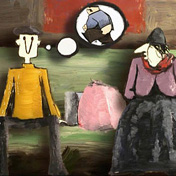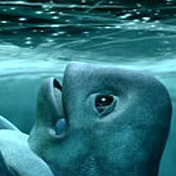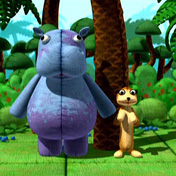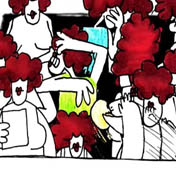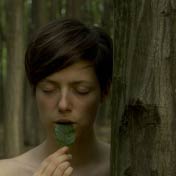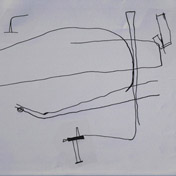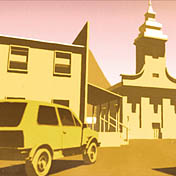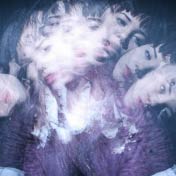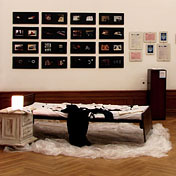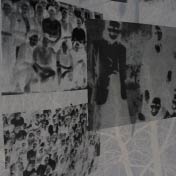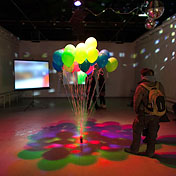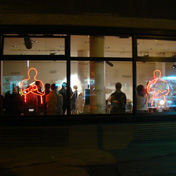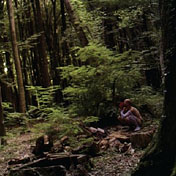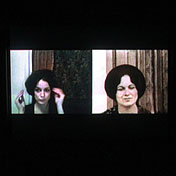
Graduate study of Animation and New Media; orientation: Animated film and New Media
Graduate study of Animation and New Media; orientation: Animated film
The study lasts two years (4 semesters), during which 120 ECTS credits are awarded.
Animated film as an orientation has a distinctly practical character and the student is expected to create his own animated films with the continuous support of mentors.
During these two years, through consultations and lectures based on current projects of students, different aspects of the performance of animated film from the production and creative point of view, the students will be trained to be for their own authorial projects, as well as to participate in complex animation productions.
Study of Animated Film
When the famous film theorist Georges Sadoul uttered: "This is a real new school ! Zagreb School of Animation !’’ which happened in Cannes in 1959, he was thrilled by the program of films that had introduced the " Zagreb Film " to the world for the first time. At that time there was no systematic education of animation artists. There were courses for animators at the famous Disney, while classic authors of the Zagreb School were self-educated , without significant inspiration in the history of our animation .
Today, the indescribable success of our artists is explained through the broader cultural context that gave rise to the School, in the first place here we think of modest Croatian expressionists in painting , fantastic authors of short literary forms and poets , sensational interwar comic- artists , and then subversive conceptual artists and caricaturists . But the School was lucky to offer the young society an indescribable promotion and a uplift of cultural and communicational optimism at the right time , and experienced magnificient theoretical and practical effects .
At a time when our Academy establishes the Department of Animated Film (in the academic year 1999-2000 - exactly forty years after the legendary Sadoul's exclamation), the world of animation world looks nothing like the romantic era of the School. Ingenious artists are not seen any more surrounded by fans in a cheap Lower Town pub ... those most famous lead an indescribable development of market animation, and in the world more than 150 places are recorded ,where animation is studied as some form of higher education system. The demand for creative animators is huge, and the education of artists of animation becomes itself a lucrative business. Millions of dollars invested in the production of animation is increasing rapidly by 100%, and in terms of viewing rates and budgets animated films are overcoming film classics. All this is also contributed by television, in desperate need of millions of minutes of new series. Giant steps are also made by production technology.
In the theory of film it will unfortunately be stated that the experience of the Zagreb School was mainly used by others. World production of animated film will remain eternally grateful to Zagreb School for the applicability of the creative principle of "reduction" or stylization of the animation which revolutionized manufacturing, and the new worldview horizons where the interest of the animation moves from the environment of fairy tales for children, to the world and the problems of adults. In addition, except for the special art communication system, the animation is also becoming an invaluable technological and creative substrate of many new media systems, and the production of today's sophisticated feature-digital fiction is unthinkable without the application of the principle of "square by square."
Besides unobtrusive artists willing to monastic renunciation, animation is more inclined to many people impelled by entrepreneurial intentions and technological curiosity.
Our department has studied all known concepts of education of animation artists. It decided on the optimum concept along the lines of artistic knowledge of Zagreb School, a strong and positive conservatism of academic visual experience, and global trends.
Our students with a masters degree in animation (the study is divided in accordance with the "Bologna" system "3 +2"), besides being prepared to spend their lives in a fever of creation in the world of endless imagination, also have a strong social impulse. Through nine points which define their artistic competence, and basically match the known and copyright laws in animation, they are ready for a challenging and diverse market of animation. If Croatia had at least a "zero" level of animation activities of a normally developed Central European country, artists of animation would soon become a deficient vocation.
Certainly, this youngest and dynamic Department gave a sort of modern and media breath to our Academy – in its hundreds -its best years.
Josko Marušić
Graduate studies of Animation and New Media; orientation:New Media
The course lasts for two years (four semesters), during which 120 ECTS credits are awarded.
Weekly presentations, group seminars, reading groups, workshops, visiting artists, semestral exhibitions of international exchanges participants, participation in international artistic and research projects, regular visits to exhibitions and meetings with artists and curators, make this study a very dynamic and challenging one for students and teachers alike . Research blocks are organized also ad hoc, on the initiative of the students or teachers, and sometimes beyond teaching schedule. We expect engagement, awareness and public participation in cultural and artistic life.
Authorial project - The most important element of the study. A student of each semester develops the concept of his authorial project and realizes it for the exhibition at the end of the semester. He must show that he is able to do research and organizational work necessary for completing the project. In the first year a complete project per semester is required.
Seminar - Students are required to prepare and give a presentation of their work once a semester. The seminar is of key importance, where each student has to provide his colleagues with a concise and constructive criticism and at the same time receive it. This is the backbone of the studies and artistic development of the student.
Theory
Theoretical teaching is conducted in thematic blocks of lectures in which students need to answer with an independent research of contemporary theories of culture, which includes a seminar of five pages of text on one of the topics. Blocks include topics such as: authorship, production / consumption, collaborative practices, globalization, post-colonialism, city, everyday life….
Group research project – Students in groups choose a wider thematic area from contemporary artistic practice, research issues of contemporary theory and connect it with works of art of contemporary artists.
In groups of three or four they choose some of offered artists, and once a week two of the groups present their research.
Semestral critical review to one's own work, 5 pages – in a critical review students start to place their own practice in the context of the work of their colleagues, contemporaries and predecessors. They develop articulation and self-evaluation skills.
Profession
Presentation and exhibition - The culmination of the annual study. At the end of the first year students prepare, organize and set up the exhibition and attend a critical evaluation of their work. In the evaluation, besides professors from departments, an external examiner participates as well. Setting up and organizing the exhibition is part of the professional practice of contemporary artists; therefore it is also a necessary skill for graduate students.
Basic and advanced workshops are being organized, from media techniques according to the needs of students (lightning, blue screen, tonal screening, video and film screening, trick table)
*Workshops are offered to the Department. Should the students need additional education in an area not dealt with at the Department, they will be directed towards an adequate institution.


